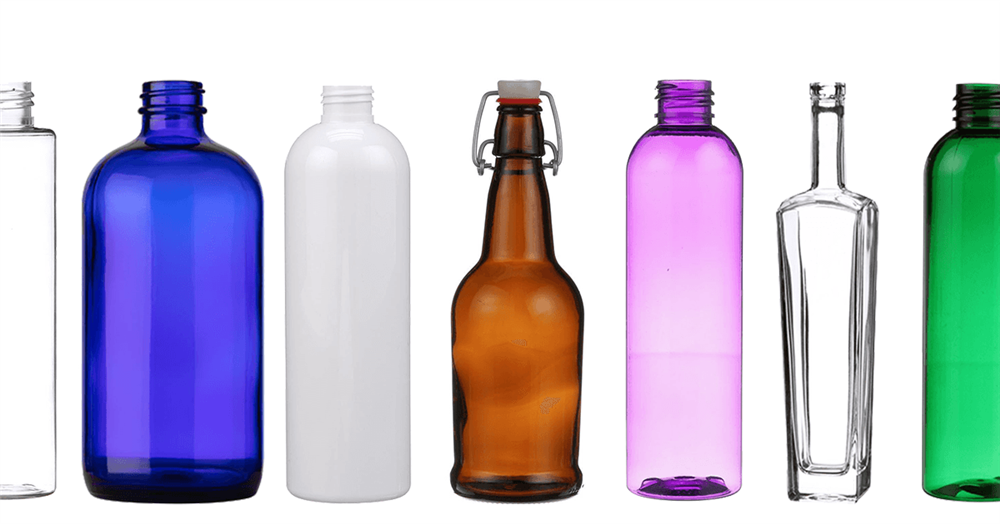When you search “zero waste,” you’ll discover many photographs of glass jars everywhere. The zero-waste movement is full of glass objects, ranging from trash cans to jar lids that clutter our cupboards. What is the allure of glass and why do we have such an urge to use it? Is glass really more environmentally friendly than plastic? We’ve teamed up with Simply Plastics to perform an environmental audit of glass and plastic.
Plastic has a poor reputation among environmentalists, which is in part due to the fact that only 9% of it is recycled. However, there’s still so much more to consider when it comes to what goes into creation and recycling, not to mention its destiny, with plastic.
Sand is required to make new glass. While we have a lot of desert, beach, and underwater sand on hand, it is being used at a rate that exceeds the planet’s capacity to replenish it. We prefer sand to oil when it comes to filling our lakes and ponds, and only a specific sort of sand can do the task (no, desert sand won’t).
Sand is commonly dug out of riverbeds and seabeds. Taking sand away from its natural habitat damages the ecosystem by depleting microorganisms, who live on it and nourish the base of the food chain. Removing sand from the seabed exposes shore communities to flooding and erosion. We need sand to make new glass because you can see where this would be a problem.
Glass, on the other hand, is more expensive to ship and heavier than plastic. It releases more CO2 during transport than plastic, and it’s less expensive to send. Another issue with glass is that most of it aren’t really recycled. Only about 33% of waste glass is recycled in the United States, according to one study. Consider how many tons of glass are disposed of each year in the United States, when you consider that 10 million metric tons are generated every year.
Because glass is frequently employed as a low-cost landfill cover, it is difficult to recycle. Consumers who engage in “wish-cycling,” tossing non-recyclables into the garbage and polluting it, are one of the primary reasons for its scarcity. The majority of coloured glass is not recyclable because it contains various metals. It’s not recyclable since the manufacturing technique for windows and Pyrex bakeware is built to withstand high temperatures.
Glass, on the other hand, takes a long time to decompose in nature and may endure for many years in a landfill. That’s just four major concerns with glass that have an impact on the environment as a whole.
There are advantages and drawbacks to each material. We should strive to minimize our dependency on single-use products! If you just used it once, look for a different option. Of course, there are exceptions, and we will never be able to entirely eliminate single-use packaging, but we can make a significant impact by being more aware of our purchases.
In general, look for alternatives to plastic whenever possible. Choose glass if you can instead of acquiring new plastic bottles and jars. Are we really recycling if we don’t use recycled goods? You should recycle your glass containers and jars!

Leave a Reply